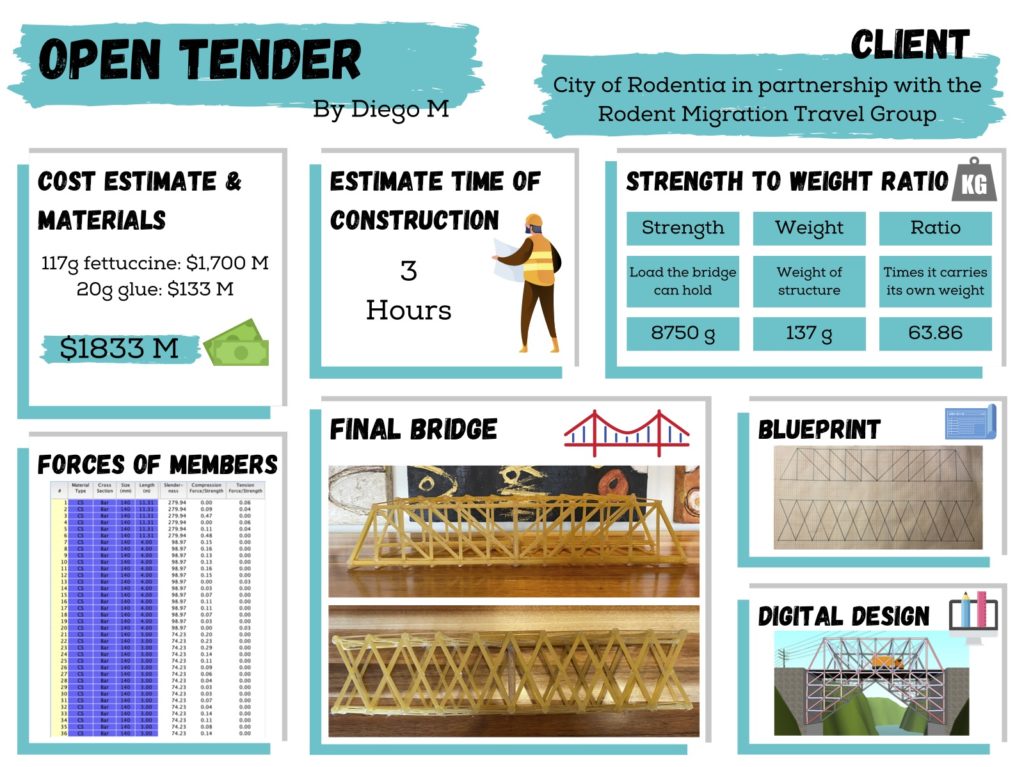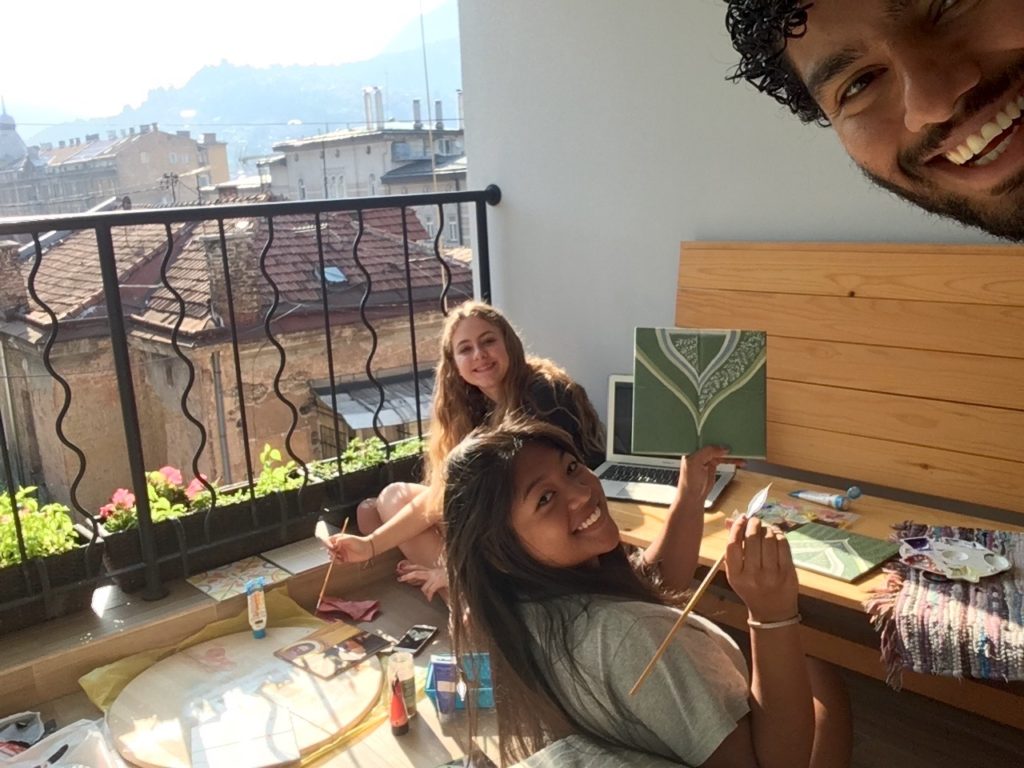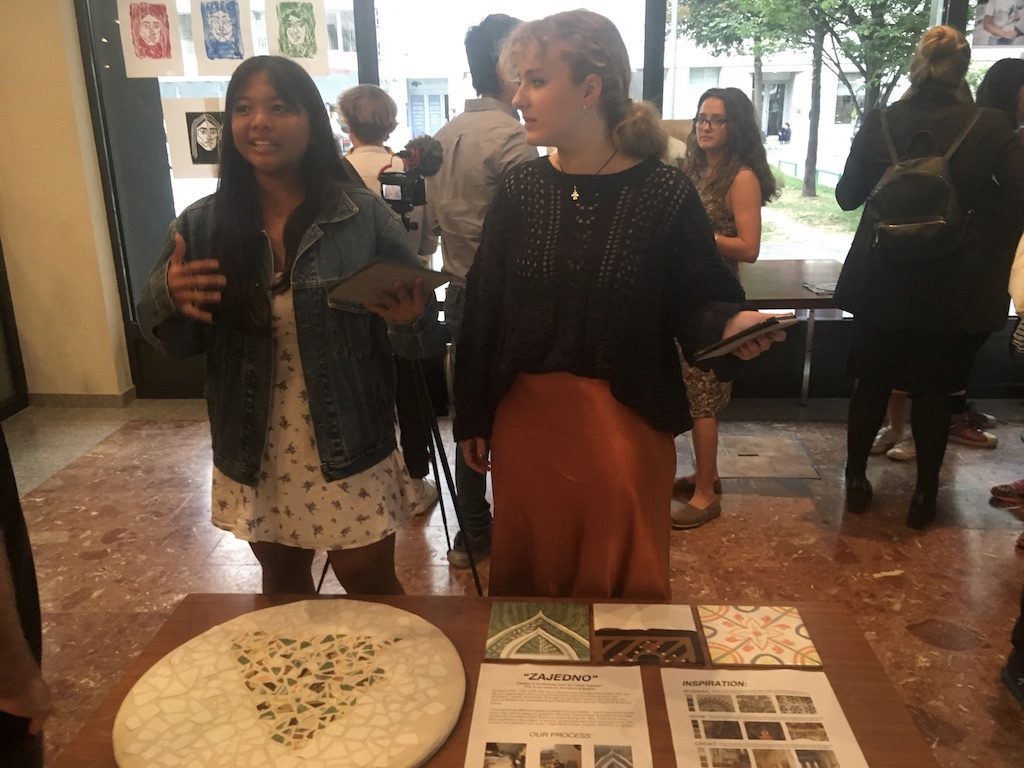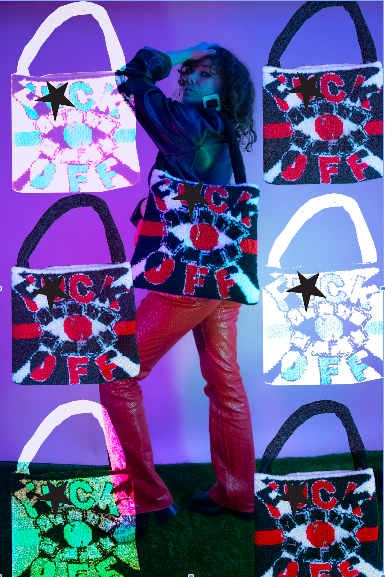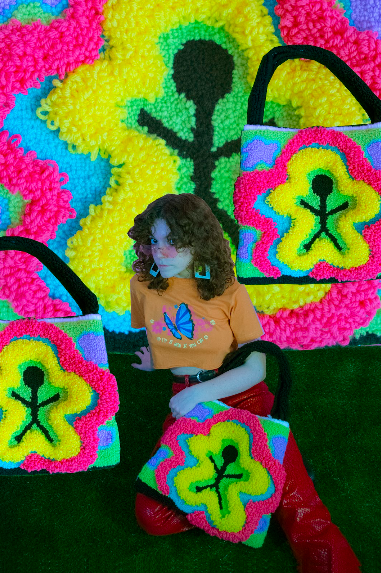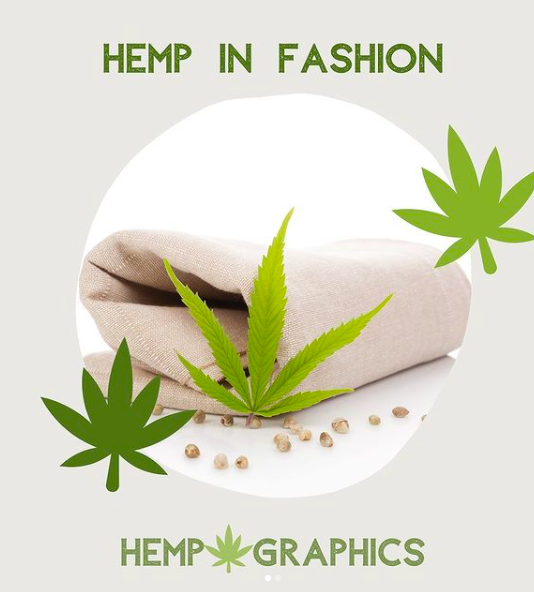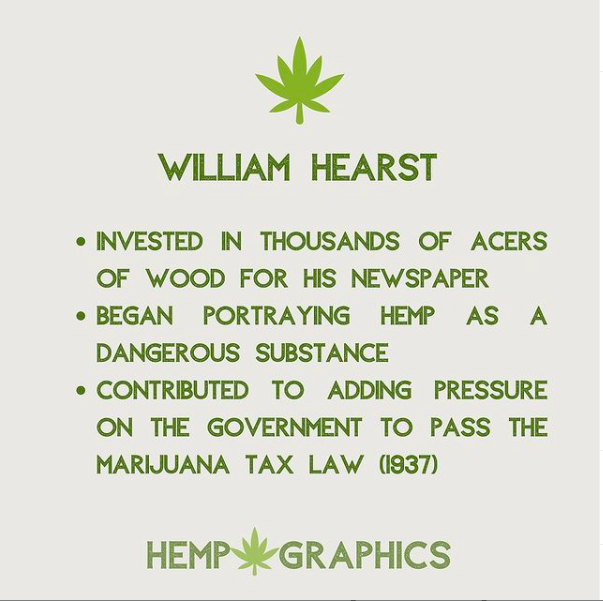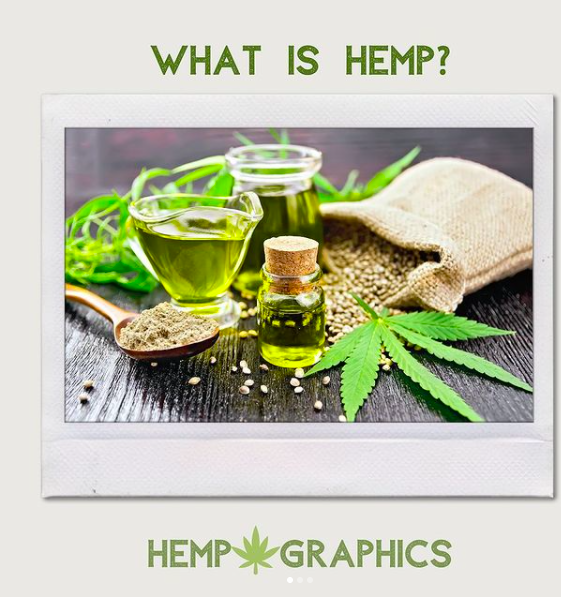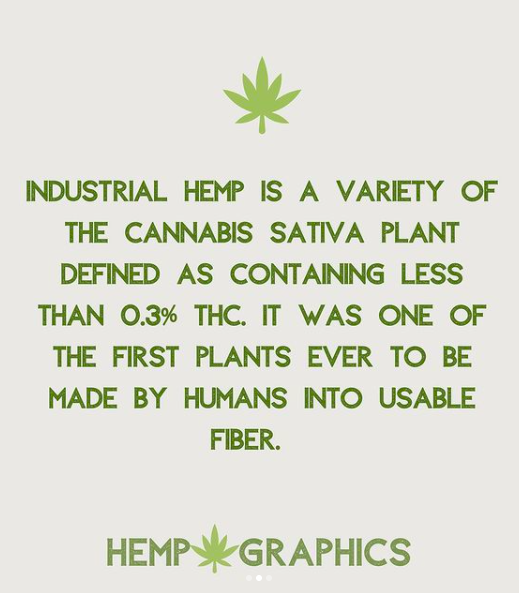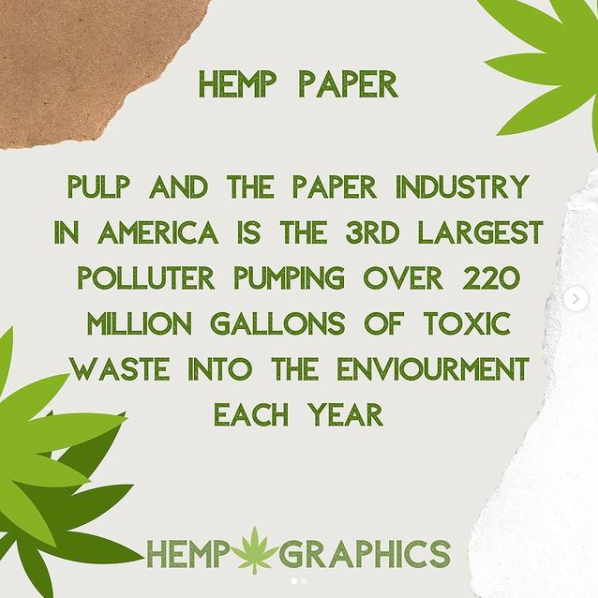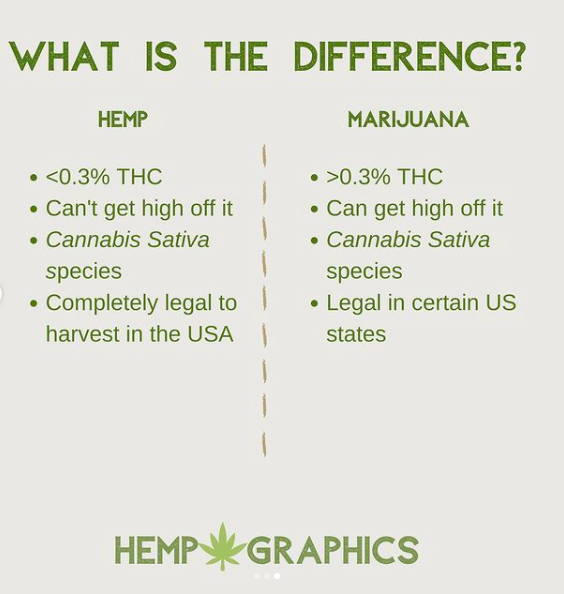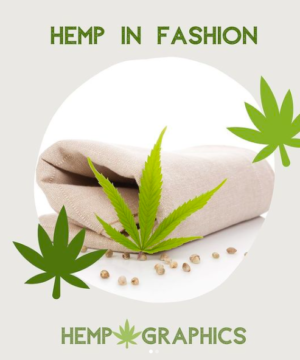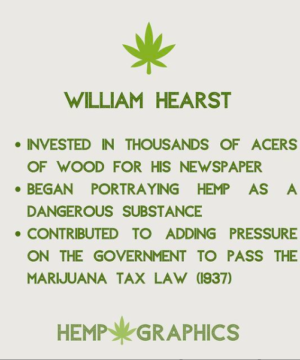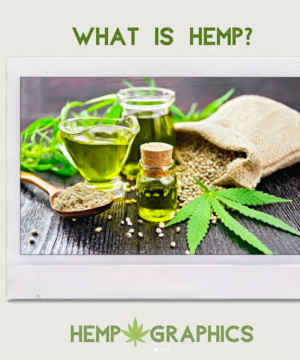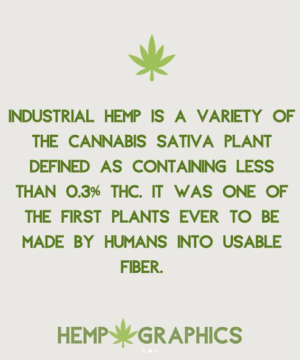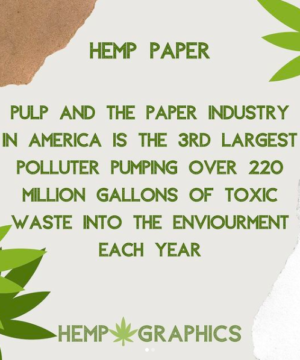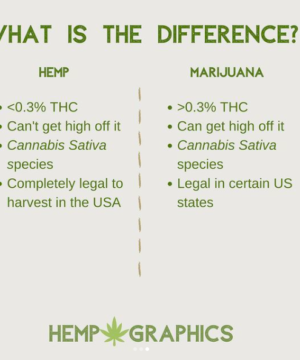Driving Question: How can I engineer the strongest bridge with the most efficient use of the specified material?
Module Overview: Bridges are perhaps the most challenging and fascinating feats of engineering.
In this module, students became civil and structural engineers by working at the Manchego Fromage Consultancy, where they were responsible for coming up with the most efficient bridge design.
Students strived to creatively meet their imaginary client’s needs within budget and material constraints. The clients were the City of Rodentia, working in partnership with the Rodent Migration Travel Group.
In learning about bridge types, students explored the effect of tension and compressive forces, differentiated between brittle and ductile material properties, and investigated the calculations that go into designing bridges.
Marily M.
I enjoyed the module so much. I love creating and building things, so I had lots of fun building some testing bridges and the final one. I faced some challenges I didn’t think would happen, but I found a way to deal with them.
For this module, we designed and built a spaghetti bridge basing ourselves on our client’s needs from the “City of Rodentia”. I learned about bridge types, the effect of tension and compression, and the calculations that need to be considered to design a bridge. This knowledge helped me design a strong and effective bridge.
My final product is an Open Tender, which is the proposal for our “clients.” It includes the price, design, 2D and 3D model, calculations, and other information pieces.
Diego M.
I learned how much I like to design things and make them physically. It was enjoyable and challenging to build a bridge with pasta because you need to consider many factors and develop techniques to build the strongest bridge.
This project allowed me to learn about the different types of bridges and the engineering process and what it includes (different studies from the area, forces of members, strength to weight ratio, etc.)
Based on our investigations, we had to experiment with building pasta trusses to see what works, what doesn’t work, and which type of bridge truss was stronger than the others.
We created and proposed an open tender to the fictitious Rodent Migration Travel Group after running our experiments.
